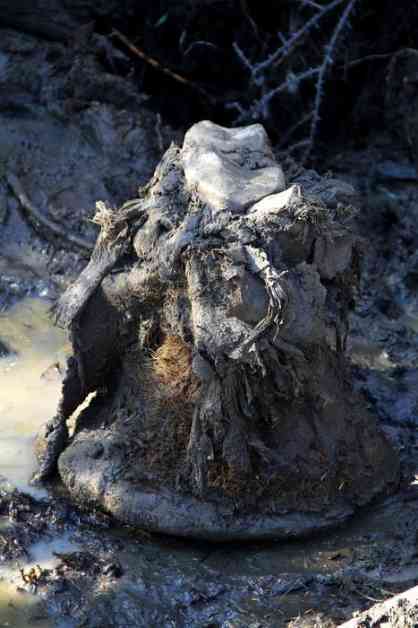Scientists have made a groundbreaking discovery by extracting DNA from a woolly mammoth that lived 52,000 years ago in Siberia. This well-preserved genetic material has allowed researchers to create a three-dimensional genome for the first time, providing valuable insights into the genetic makeup of these ancient creatures. The team of 56 scientists from four organizations worked together to excavate the fossil and analyze the ancient DNA.
During a virtual news conference, co-author Erez Lieberman Aiden described the DNA as “ancient beef jerky” due to its remarkable preservation. The researchers spent five years testing various samples before finding the perfectly preserved woolly mammoth in Siberia in 2018. Unlike other samples that had undergone repeated freezing and thawing, this particular specimen had intact DNA and chromosome structures.
Upon further examination, the team discovered intact hair, hair follicles, complete cells, and even intact chromosomes. This level of preservation allowed them to compare the genetic architecture of the mammoth to that of contemporary elephants. Both species were found to have 28 pairs of chromosomes, with similarities in the majority of their genes. Differences were observed in genes related to hair follicle length and adaptations to cold environments.
The success of the 3D sequencing technique on the woolly mammoth has raised hopes for its application to other ancient specimens, such as Egyptian mummies, as well as newer and better-preserved fossils. This cutting-edge technology could provide further insights into the genetic history of extinct species and their relationships to modern animals.
Overall, this discovery opens up new possibilities for understanding the genetic evolution of ancient creatures and sheds light on the potential for future research in paleogenomics. The research conducted by the team of scientists represents a significant advancement in the field of ancient DNA studies and paves the way for further exploration into the genetic mysteries of the past.






